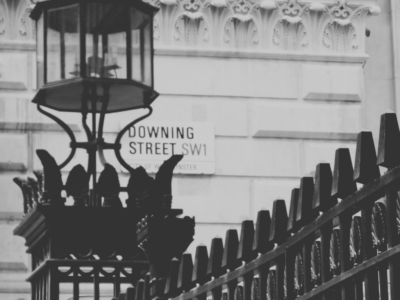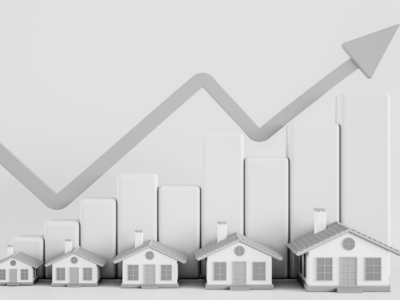The post-election housing market bounce continued to be felt in January, as house prices across England & Wales rose 0.4 per cent during the month, or 0.9 per cent year-on-year, according to property search website Home.
Asking prices rose to £307,499 as a result, with ultra-low stock levels cited as a possible reason for rising prices. Home estimated that stock levels in England & Wales had dropped 10 per cent year-on-year, while housing supply was 21 per cent lower in London during the same period.
News of falling housing stock will be one of the many things at the front of new Housing Minister Christopher Pincher’s mind, after he succeeded Esther McVey last week, following a dramatic Cabinet reshuffle.
Greater London rental prices inflated
The Greater London area saw a particularly strong level of demand in the private rented sector (PRS), with 29 out of 34 boroughs in the capital seeing rental increases above 2.5 per cent.
A slump in supply and rising demand are expected to result in higher prices and potential rent hikes in 2020, according to House.
The national picture distorts the varying experiences in a number of regions, which House noted were at different stages in the property cycle.
The North West and Yorkshire, for example, were found to be in the midst of what House called a “boom phase” when it came to price growth, whereas Wales was perceived to be in a “post-boom phase”, with growth decelerating into a low or negative growth range, relative to inflation.
The East of England was estimated to be two years into a “corrective phase”, but House claimed this would boost affordability and help fuel greater demand in the future.
No bargains left in Belgravia
The London prime property market was highlighted as a sector of the UK housing market which was light on affordable properties.
Doug Shephard, director of Home, explained: “Well, if you had wanted to pick up a bargain in Belgravia, you have missed the boat…After several years in the doldrums, the London market is on the move again.
“Soaring rents, rising prices in prime Central London and a chronic shortage of stock all point to significant price growth ahead.”
Mr Shephard also claimed that the tide had turned, especially in the capital, meaning that investors were returning to the London housing market in greater numbers.
This would potentially improve yields and ensure large capital gains, in what Mr Shephard described as “one of the world’s most illustrious cities.”
House’s findings reflect the great shortage of high-end properties in London’s prime rental sector, with Savills estimating that rents in the prime property sector had started to rise again, by 0.9 per cent in 2019 as a whole.
As many as 68 per cent of agencies who spoke to Savills reported that a lack of sufficient stock was a major challenge in the last three months of 2019, with especially high demand for properties such as flats in the prime property sector.






















Comments